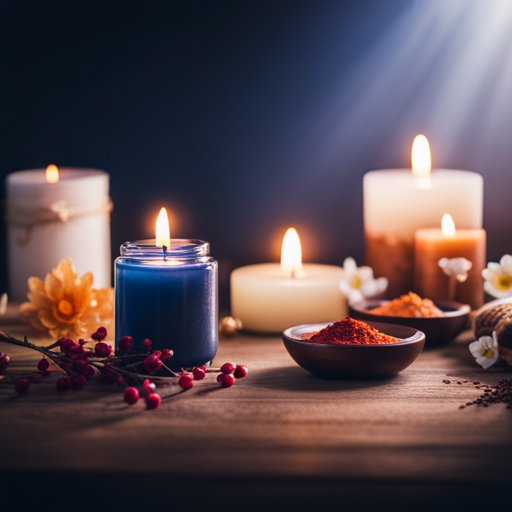In this article, we’ll break down the various expenses involved in candle making. From the cost of wax to fragrance prices, wicks, candle containers, dyes, tools, and even labor costs – we’ll cover it all.
By understanding these costs, you can find ways to reduce expenses and make your candle-making venture more profitable.
So, let’s dive in and explore the world of scented candle economics!
Key Takeaways
– Candle making can be very profitable as store-bought candles can cost between £5-£30.
– The cost of making candles can be relatively cheap, with wax costing about £5 for 1kg and fragrance candles costing around £3.50.
– The main costs to consider when making candles are wax, fragrances, wicks, candle containers, dyes, and tools.
– Labor costs depend on the desired hourly rate and the time taken to make a candle.
The Cost of Wax
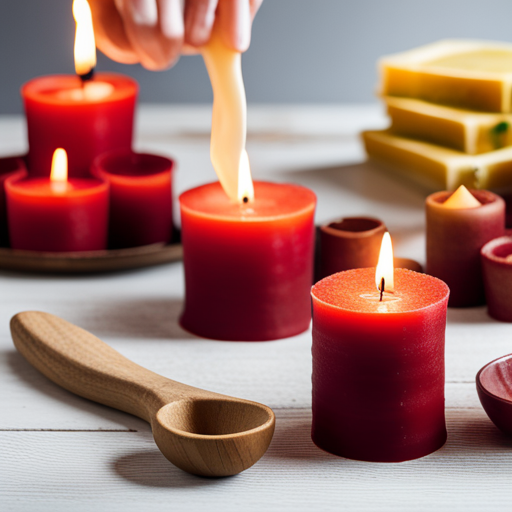
https://www.youtube.com/watch?v=unlA6kRSkCM
If you choose soy wax, it’ll cost you about £10 per kilo. Soy wax is a popular choice because it is natural, renewable, and burns cleaner than other types of wax.
Beeswax will cost around £18 per kilo. It is also a natural option, known for its sweet scent and long burning time.
Paraffin wax will cost about £8 per kilo. It is a petroleum-based wax commonly used in the candle-making industry. It is cheaper than soy or beeswax, but it may not be as environmentally friendly.
The cost of wax is one of the main considerations when making candles. Ultimately, the choice of wax will depend on your budget and personal preferences.
Fragrance Costs
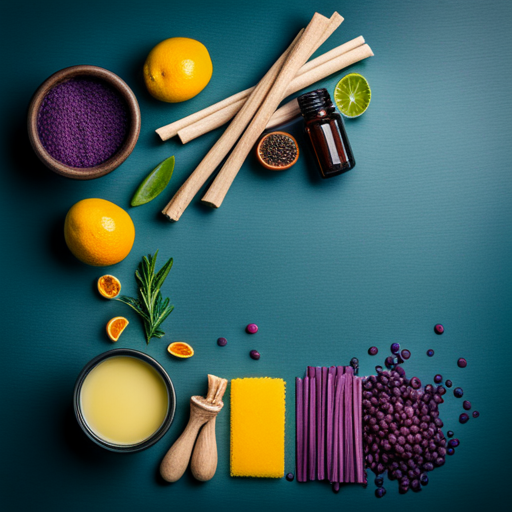
To save on fragrance costs, consider buying essential oils in bulk, as they can be cheaper per ml. Here are some tips to help you understand the costs involved in buying fragrances for your scented candles:
– Essential oils can cost around £1.50 for 30ml, while fragrance oils can cost about £2 for 30ml.
– Buying in bulk can help you save money, especially if you plan to make a lot of candles.
– Look for deals and discounts from suppliers to get the best price.
– Experiment with different fragrances to find the ones that suit your preferences and budget.
– Keep track of your fragrance usage to ensure you are getting the most out of your investment.
Wicks and Wick Costs
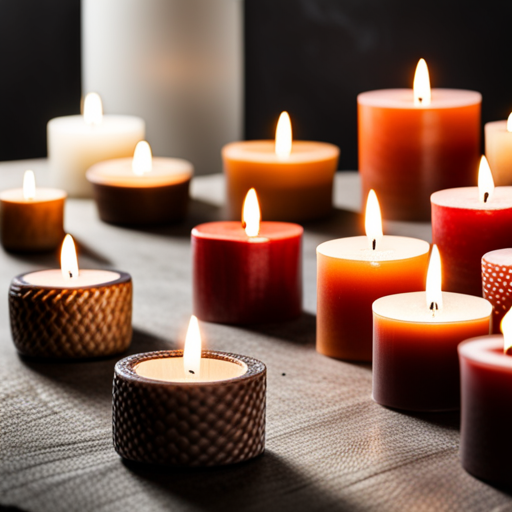
When making candles, be sure to consider the cost of wicks and how they contribute to the overall expenses. Wicks may seem like a small component, but they play a crucial role in candle-making.
The cost of wicks can vary depending on the type and quantity needed. Cotton wicks, for example, are relatively cheap, with a pack of 100 wicks costing about £8. However, if you prefer more specialized wicks, such as wooden or self-trimming wicks, the cost may increase.
It’s important to factor in the number of candles you plan to make and the type of wicks required to determine the overall expense. Remember, while wicks may seem insignificant, they play a significant role in the quality and performance of your candles.
Candle Container Expenses
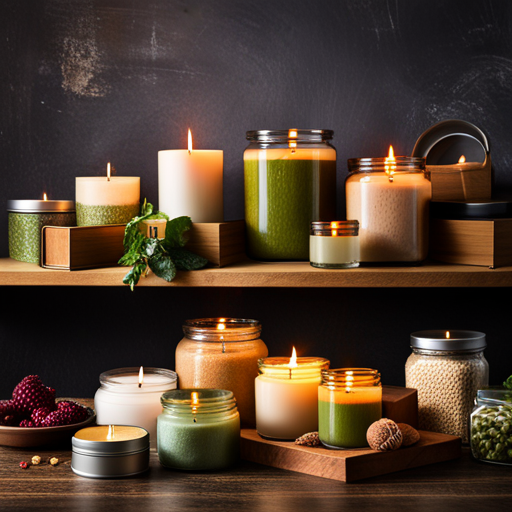
Consider purchasing candle containers in bulk to save on expenses. Buying containers individually can quickly add up, but buying them in bulk can significantly reduce costs. Here are five reasons why purchasing candle containers in bulk is a smart choice:
– Cost savings: Buying in bulk allows you to take advantage of discounted prices, ultimately saving you money in the long run.
– Efficiency: Having a large supply of containers on hand means you won’t run out anytime soon, allowing you to focus on creating more candles.
– Convenience: Ordering in bulk means fewer trips to the store, saving you time and effort.
– Versatility: With a variety of container options available, purchasing in bulk allows you to experiment with different sizes, shapes, and styles.
– Business potential: If you plan on selling your candles, buying containers in bulk ensures that you have enough stock to meet customer demand, helping your business thrive.
Investing in candle containers in bulk is a wise decision that can help you save money, streamline your candle-making process, and potentially boost your business’s success.
Dye Costs
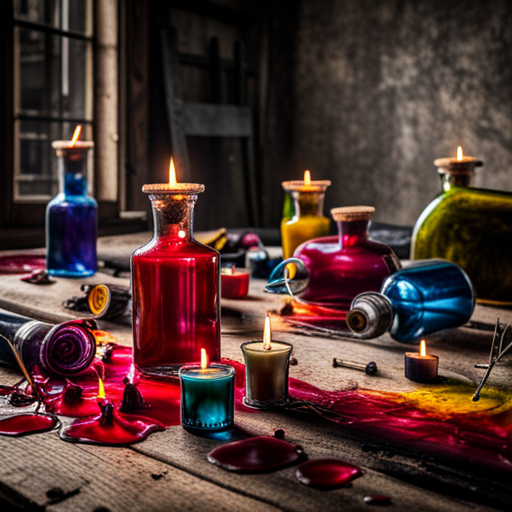
Buying candle dyes in bulk can help you save money and have a variety of colors to experiment with. When you buy dyes in larger quantities, the cost per unit decreases, allowing you to save money in the long run.
Additionally, having a wide range of colors gives you the freedom to create unique and vibrant candles that stand out. Whether you prefer pastel shades or bold, vibrant colors, buying dyes in bulk ensures that you always have the right shades on hand.
Experimenting with different color combinations and techniques can lead to stunning results and attract more customers to your candles. So, consider purchasing candle dyes in bulk to save money and unleash your creativity in candle making.
Tools and Equipment Expenses
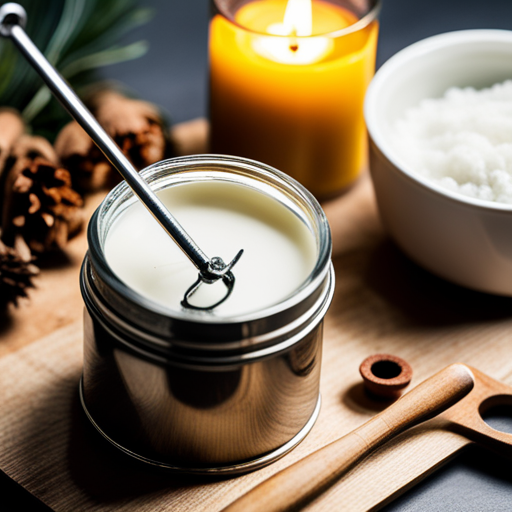
Using proper tools and equipment is essential for making candles efficiently and effectively. When it comes to candle making, having the right tools can make a significant difference in the quality and consistency of your candles.
Here are five key tools that you should consider investing in:
– Double boiler: This tool allows you to heat your wax evenly and safely, preventing it from burning or scorching.
– Big saucepan: A large saucepan is perfect for melting and mixing large quantities of wax, making the process more efficient.
– String: String is essential for securing the wick in place while pouring the wax, ensuring that it stays centered.
– Spatula: A spatula is useful for stirring the wax and ensuring that all the fragrance oils and dyes are evenly distributed.
– Pencil: Using a pencil, you can easily hold the wick in place while the wax cools and solidifies.
Investing in these tools will not only make your candle making process smoother but also help you achieve professional-looking candles.
Labor Costs
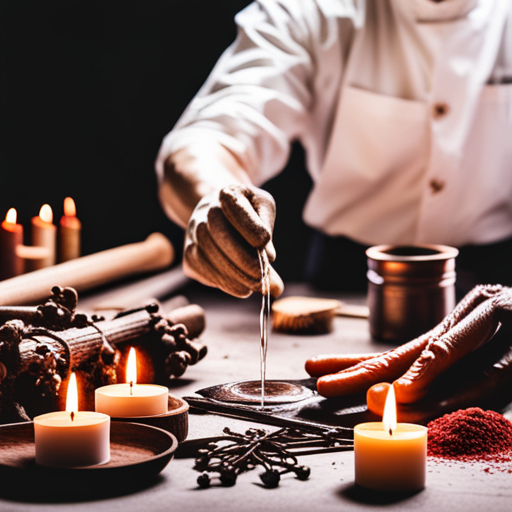
To calculate your labor costs for candle making, you need to determine your desired hourly rate and the time it takes you to create each candle.
Let’s say you want to earn £10 per hour and it takes you 2 hours to make one candle. Your labor cost for that candle would be £20.
It’s important to consider this when pricing your candles, as labor costs can significantly impact your overall profitability.
Take into account the time it takes to melt the wax, add fragrance and dye, pour the mixture into the container, and let it cool. Additionally, factor in any time spent on labeling, packaging, and cleaning up.
Additional Costs to Consider

When considering the profitability of candle making, it’s important to factor in additional costs such as dyes, tools, and labor. These costs can significantly impact your overall expenses and ultimately affect your bottom line.
Here are some additional costs to consider:
– Dye: Candle dyes come in various colors and qualities, with prices ranging around £1.30 each. Buying certain colors in bulk can help save costs.
– Tools: Essential tools like a double boiler, a big saucepan, string, a spatula, and a pencil are necessary for making candles. Investing in proper equipment can significantly raise the cost.
– Labor: Labor costs depend on your desired hourly rate and the time taken to make a candle. For example, if it takes 4 hours to make a candle and your desired rate is £5 per hour, labor costs for that candle would amount to £20.
Considering these additional costs will give you a more accurate understanding of the total expenses involved in making scented candles.
Total Cost Breakdown
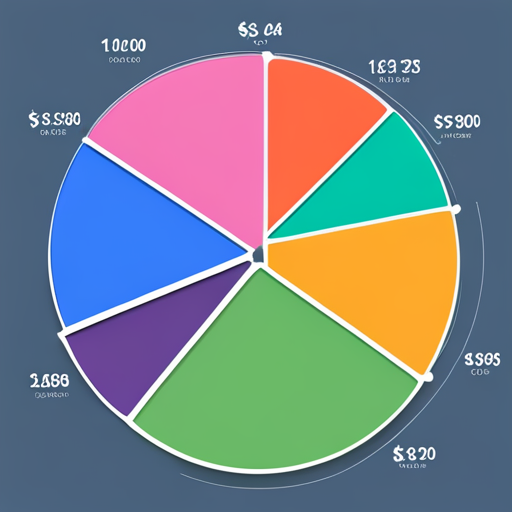
Investing in the proper equipment for making candles can significantly raise your overall expenses. The tools needed, such as a double boiler, saucepan, string, spatula, and pencil, can be quite expensive.
Additionally, the cost of wax varies depending on the type. Soy wax costs about £10 per kilo, beeswax costs about £18 per kilo, and paraffin wax costs around £8 per kilo.
Fragrances also add to the cost. Essential oils cost around £1.50 for 30ml, and fragrance oils cost about £2 for 30ml.
Wicks are relatively cheap, with a pack of 100 cotton wicks costing about £8.
Lastly, labor costs should be considered as well, depending on the desired hourly rate and the time taken to make a candle.
Is Making Wine Scented Candles More Cost-Effective Than Regular Scented Candles?
Making wine scented candles can be a cost-effective alternative to regular scented candles. With a simple wine scented candles tutorial, you can use leftover wine and essential oils to create unique, aromatic candles at a fraction of the cost. Plus, they make great gifts for wine enthusiasts.
Frequently Asked Questions
What Are Some Cost-Saving Tips for Buying Candle Containers?
When buying candle containers, consider purchasing them in packs to reduce the cost. Look for deals or discounts on bulk orders. This way, you can save money and get more containers for your candle making.
How Much Does It Cost to Make a Scented Candle Using Essential Oils Versus Fragrance Oils?
Using essential oils versus fragrance oils in scented candles can affect the cost. Essential oils cost around £1.50 for 30ml, while fragrance oils cost about £2 for 30ml. Consider the desired scent and budget when making your choice.
Are There Any Alternative Options for Wicks That Are More Cost-Effective?
Using alternative wicks can be more cost-effective for making scented candles. Consider using cotton or hemp wicks, which are cheaper than traditional wicks. This can help reduce the overall cost of candle making.
How Can Purchasing Dye in Bulk Help Reduce Costs?
Purchasing dye in bulk can help reduce costs because buying certain colors in larger quantities can lead to discounts, making each dye cheaper. This can save you money when making scented candles.
What Are Some Essential Tools for Making Scented Candles and Are There Any Budget-Friendly Alternatives Available?
Some essential tools for making scented candles include a double boiler, a big saucepan, string, a spatula, and a pencil. There may be budget-friendly alternatives available, so be sure to explore different options.

